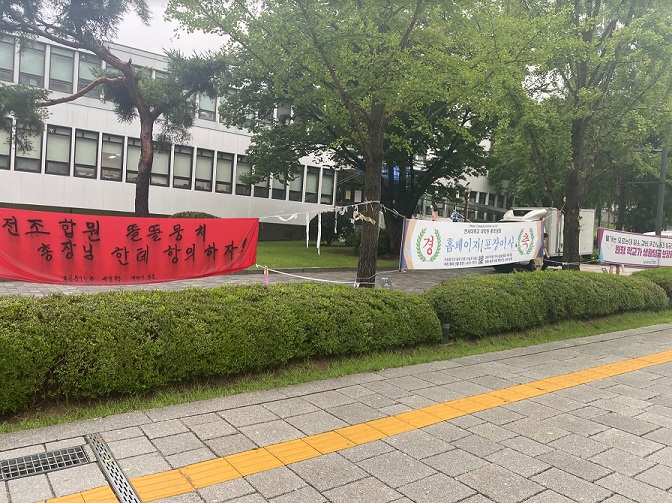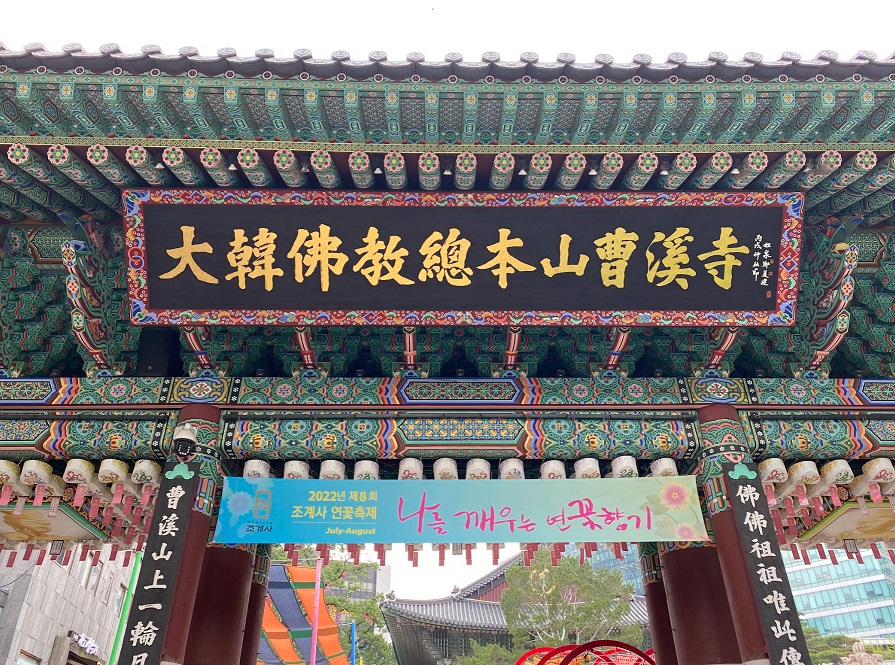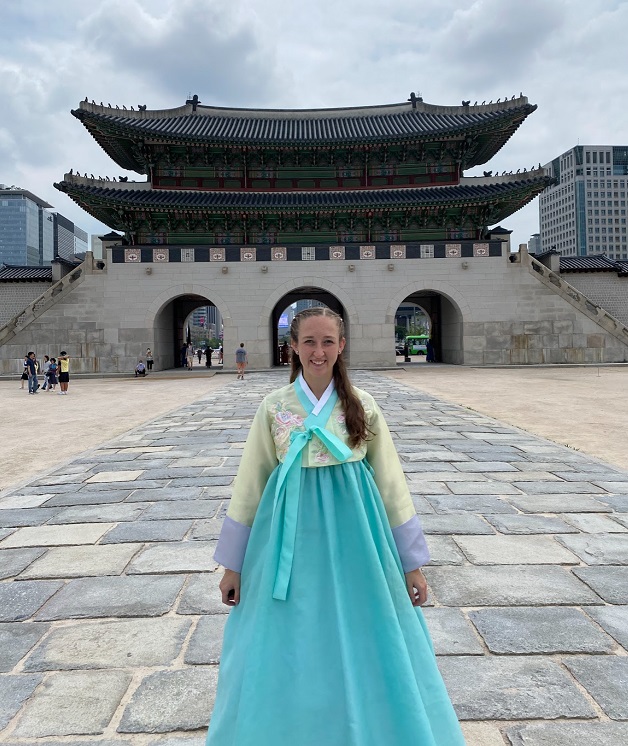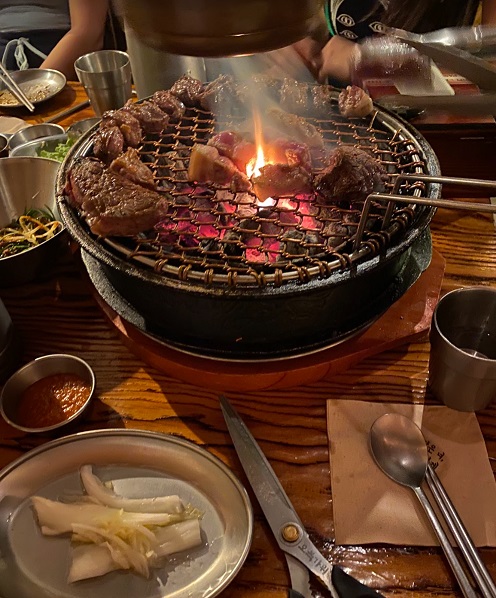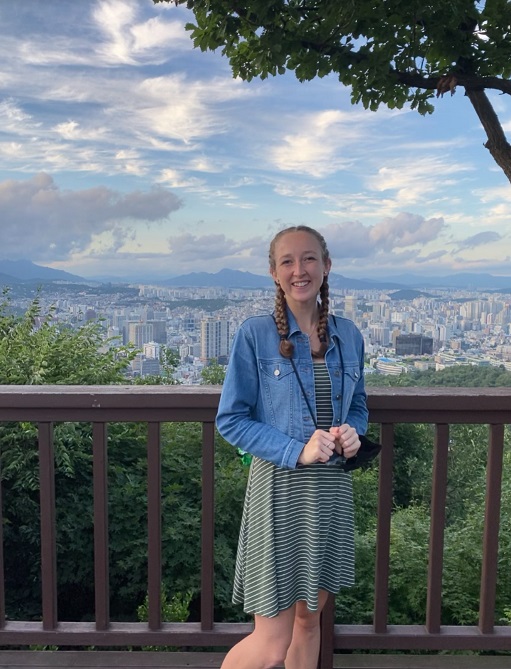
Coming to you live from the Incheon International Airport! Today, I am leaving Korea.
I’ve learned so much this summer. I noticed that my reading skills became so much faster just from all of the signs being written in Korean and my listening skills have become so much sharper just from being exposed to native Korean speakers all the time. Being immersed in a country where you are forced to practice your language skills in order to do everyday things like buy groceries or order at a restaurant is truly the best way to really learn a language with all of its connotations, idiosyncrasies, and slang expressions.
Throughout my six weeks in South Korea, I noticed many cultural differences. Things that I have always done a certain way because that’s what the culture in the United States taught me are not always done the same way in other cultures around the world. For example, the culture regarding dress in Korea is much more conservative than in the United States. Koreans are always very conscious about covering their shoulders and chest, so wearing the spaghetti straps, v-necks, and crop tops that are so common in the United States, especially during the summer when it’s so hot, are a no go in Korean culture. Even when it’s 95 degrees fahrenheit, Koreans typically wear long sleeves and long pants. I don’t know how they don’t pass out from the heat. Another idiosyncrasy is that Koreans always carry an umbrella in the summer- it’s a staple comparable to bringing your phone or your wallet. The summer is monsoon season, so it does rain a lot (and I mean torrential downpour, I’ve never seen so many waterfalls before), but even when rain isn’t on the forecast, Koreans will use their umbrellas to protect them from the sun. In Korean culture, the beaty ideal is to be as fair and pale as possible, because historically, darker skin typically meant that you had a hard labor job working in the fields whereas paler skin typically meant that you had a nice job in the city. Even when I went to the beach in Busan, almost all of the Koreans wore leggings and long sleeves under their swim suits; you could definitely tell who the foreigners were. Umbrellas also made an appearance at the beach. This is so different from beach culture in the United States where it seems like the goal is to wear as little as possible in order to get as tan as possible.
Another difference that I noticed was how energy efficient and environmentally friendly Korean life was built to be. For example, Koreans meticulously sort their trash into waste, plastic, bottles, and food waste. There aren’t any garbage cans on the streets like there are in the United States because if there were, the trash wouldn’t be sorted. In my dorm, the cleaning staff sort through all of the trash dividing it into the correct categories. Another thing you can’t find is paper towel. In the bathrooms, there is no paper towel, but also no hand dryers, which was inconvenient at first because the summer humidity is so intense, nothing ever drys. And the showers only stay on for 15 seconds at a time in order to conserve water and encourage people to take shorter showers. Also in my dorm, the lights are energy efficient- my key card to unlock my door is also the key to turn the lights on and power the wall sockets, so when I’m not in my room and have my key with me, all the energy is off. This was actually kind of annoying at first because after using my laptop for classes all day, I left it to charge in my room while I went to go find dinner, but naturally it didn’t charge because I had my key with me so all the power was off. One thing that was really cool about Korea’s energy efficient technology was that some of the escalators in the subway weren’t moving so they looked broken, but once you stepped on, they started moving which seems like a great way to conserve energy.
Thinking back to before I started on this adventure, I was so stressed and scared. I was terrified of flying, the covid regulations kept changing, I was so nervous about not having the right documentation to get into the country, and I kept having stress dreams. But I did a TON of research and was trying to prepare for every possible scenario. And looking back at my first blog, I can truly see how far I’ve come. I can say that I’ve successfully learned how to navigate the bus and subway systems, shop at the grocery market, and order food at a restaurant. The public transportation in Seoul is fantastic! You can literally go anywhere. Not going to lie, I’ve been kind of underwhelmed by Korean desserts though. Since the majority of the Korean population is lactose intolerant, real ice cream doesn’t really exist. Neither does cheese. I don’t think I’ve come across an ounce of cheddar in my whole six weeks here. But cake is a really popular dessert and fruit is actually typically considered to be dessert as well. Mango cake is really good. I’ve tried so many fantastic new foods as well, such as 닭갈비 (spicy chicken), 막국수 (cold noodles), 비빔밥 (vegetables and rice), 만두 (dumplings), 삼겹살 (pork), 불고기 (ribs), and so much more.

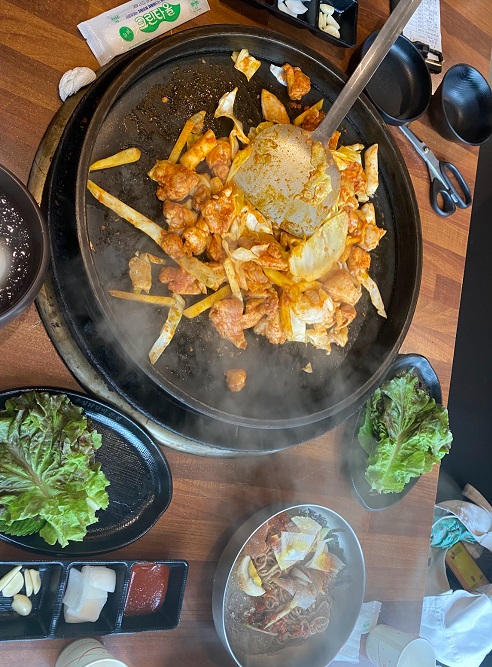
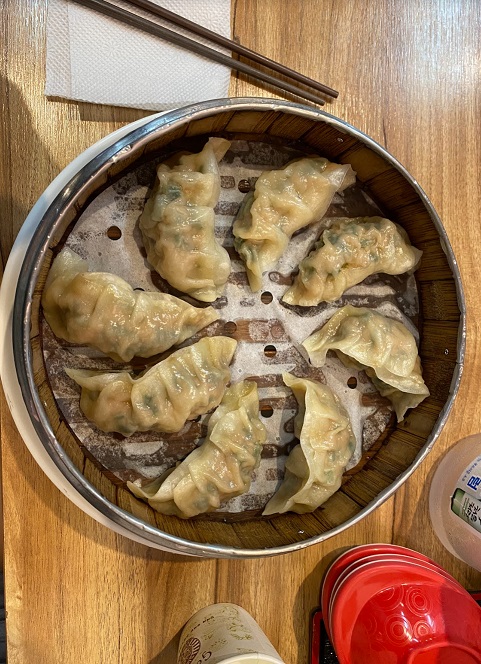
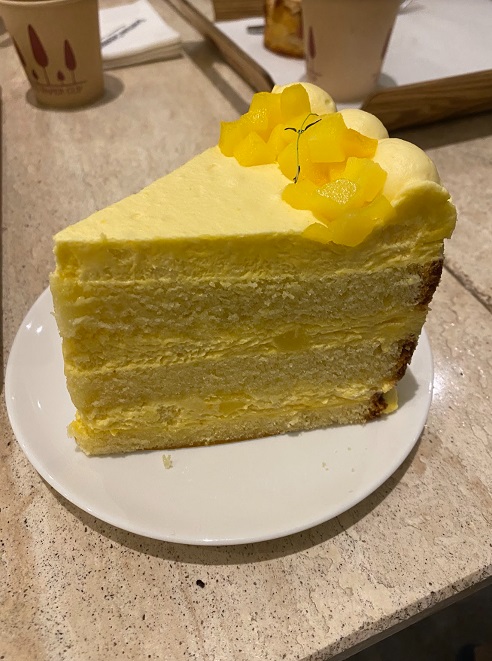
I’ve also learned a lot about K-pop this summer. You can hear K-pop music playing out of many restaurants, shops, and clothing stores and a couple of my friends here are huge K-pop fans, so I now know many different songs and bands. I even went to a K-pop concert in 보령 (Boreong)! It was really cool and the dancing is so good! It was raining a little so a couple of performers wiped out on stage, but their fellow performers helped them back up it was really cute. I still don’t know too much about Korean dramas though- we never had a drama night because we were always out exploring the city!

Throughout these last six weeks, I have definitely grown in many ways. I’ve become so much more independent now that I’ve been living without a meal plan for the first time in my life and learning how to budget. I’ve learned how to travel long distances on my own and how to think through all the logistics beforehand so that I can be prepared and do more research if necessary. Additionally, coming from my place of privilege, I now have a better sense of what it feels like to be a minority. My tall stature, blonde hair, and blue eyes among a population typically made up of shorter, dark hair, and dark eyes sticks out like a sore thumb and I’ve been the subject of many curious stares. Nothing aggressive thankfully, but it definitely feels different. I’ve also been stereotyped as a “stupid American” who doesn’t know any Korean. One weekend I went shopping with my roommate; my roommate here is Chinese and is fluent in Chinese and English, but doesn’t know any Korean. In Seoul, many people actually do know English so if I walked into a store first, if the salesperson knew English, they would immediately switch to speaking in English, but if my roommate walked in first, they would speak in Korean and she would have to look to me to translate what was said. It was kind of funny because probably 9 times out of 10, this assumption works for the salesperson.
Overall, I have thoroughly enjoyed my time in South Korea this summer, so much so that I would absolutely love to get the opportunity to come back some day. I’ve seen Korean people learn, pray, and love, fundamental human attributes of life that we all share. Even though I had many wonderful experiences and did much exploring, Korea is full of so many rich opportunities that I feel like I only chipped the tip of the iceberg. I spent most of my time in Seoul and know the area pretty well, but I didn’t really have time to explore the rest of South Korea except when I spent a weekend in Busan, the second biggest city in South Korea. Busan was beautiful; I could easily spend three weeks in Busan alone. I would love to go back again someday.
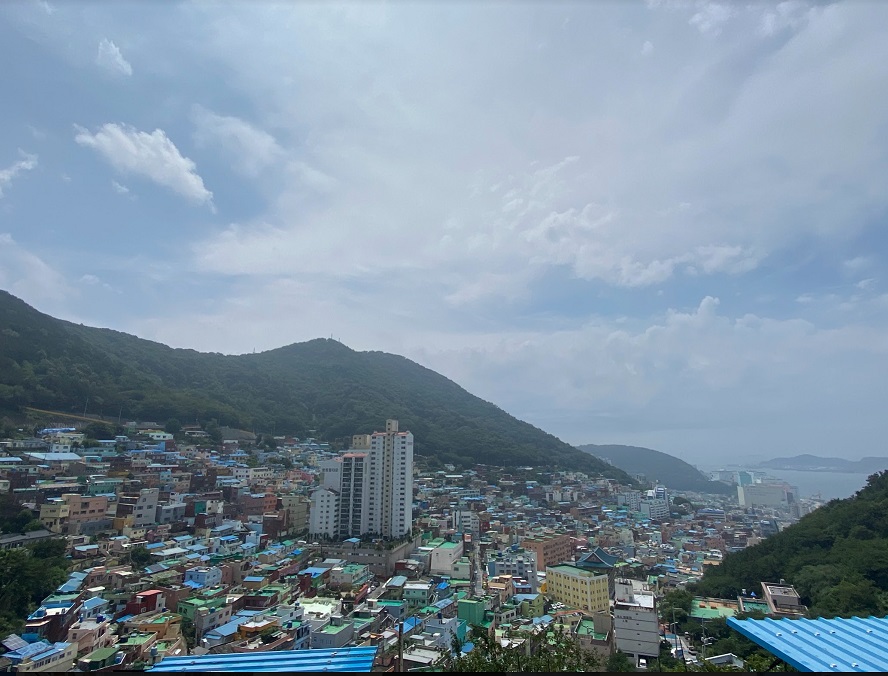
I would recommend anyone even just playing with the idea of summer study abroad to go for the SLA experience. You are definitely thrown into a whole other world and it takes some adjustment, but overall, you learn so much and the experience is totally worth it. Shoot your shot, this is a once in a lifetime opportunity.
